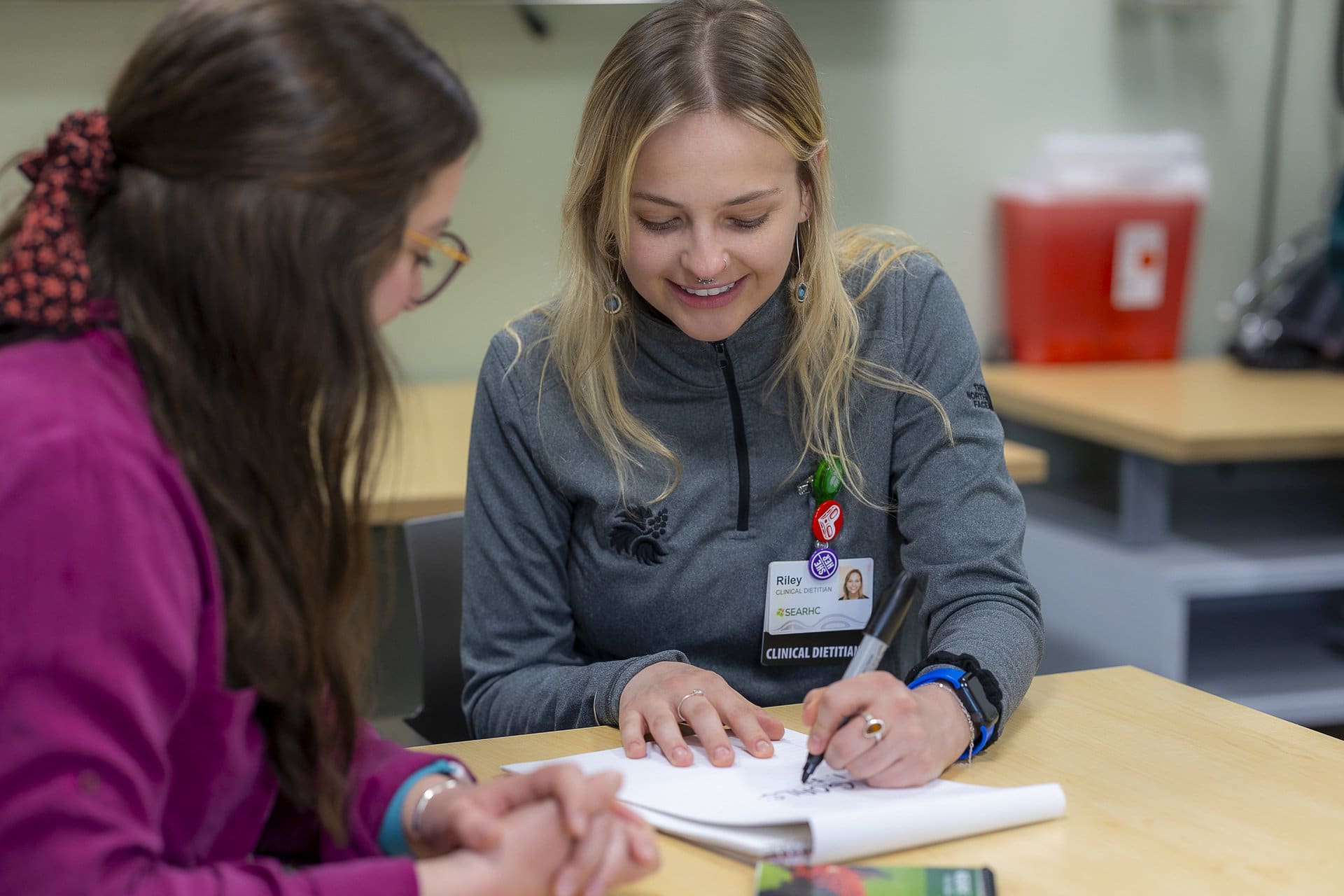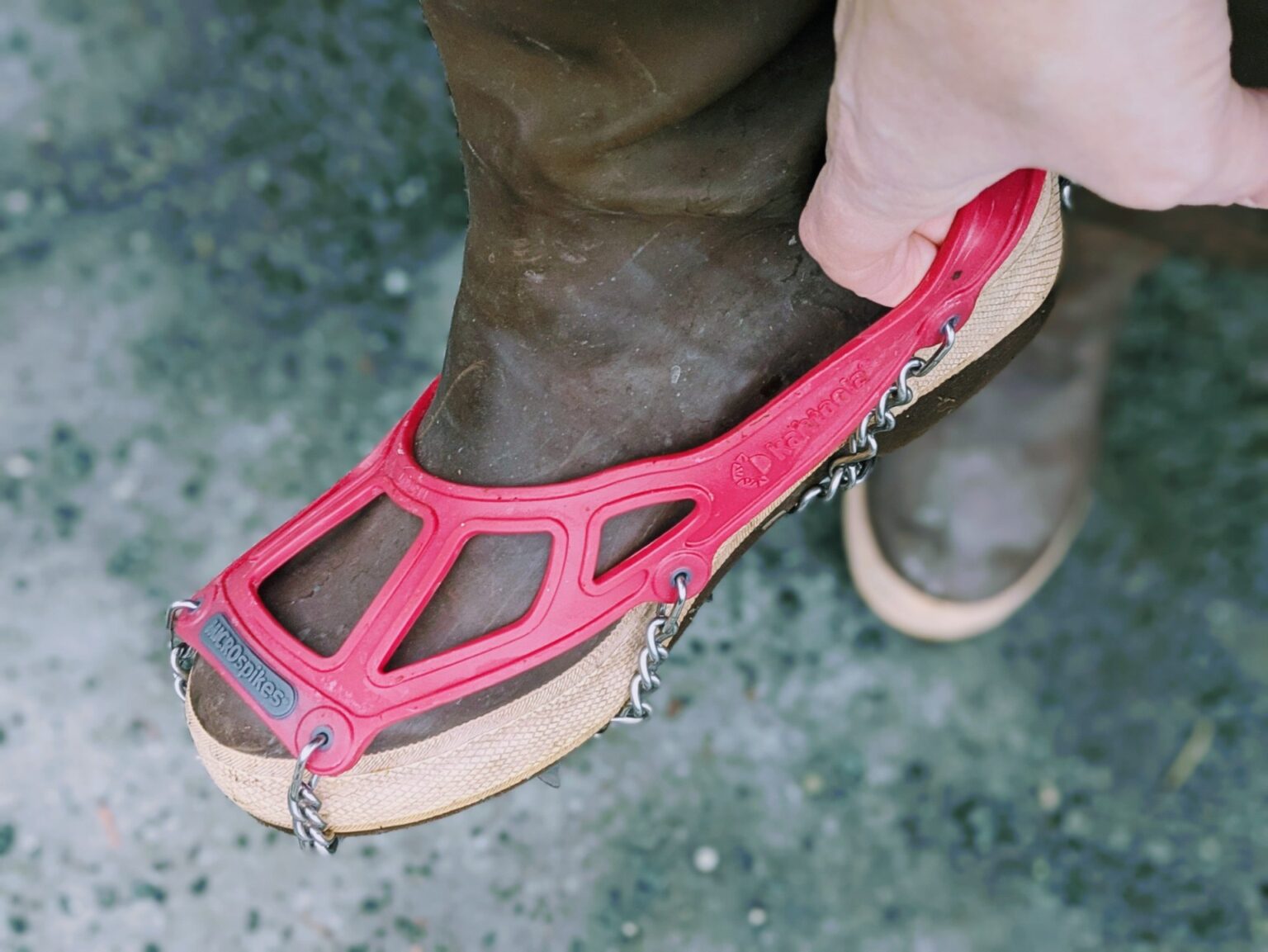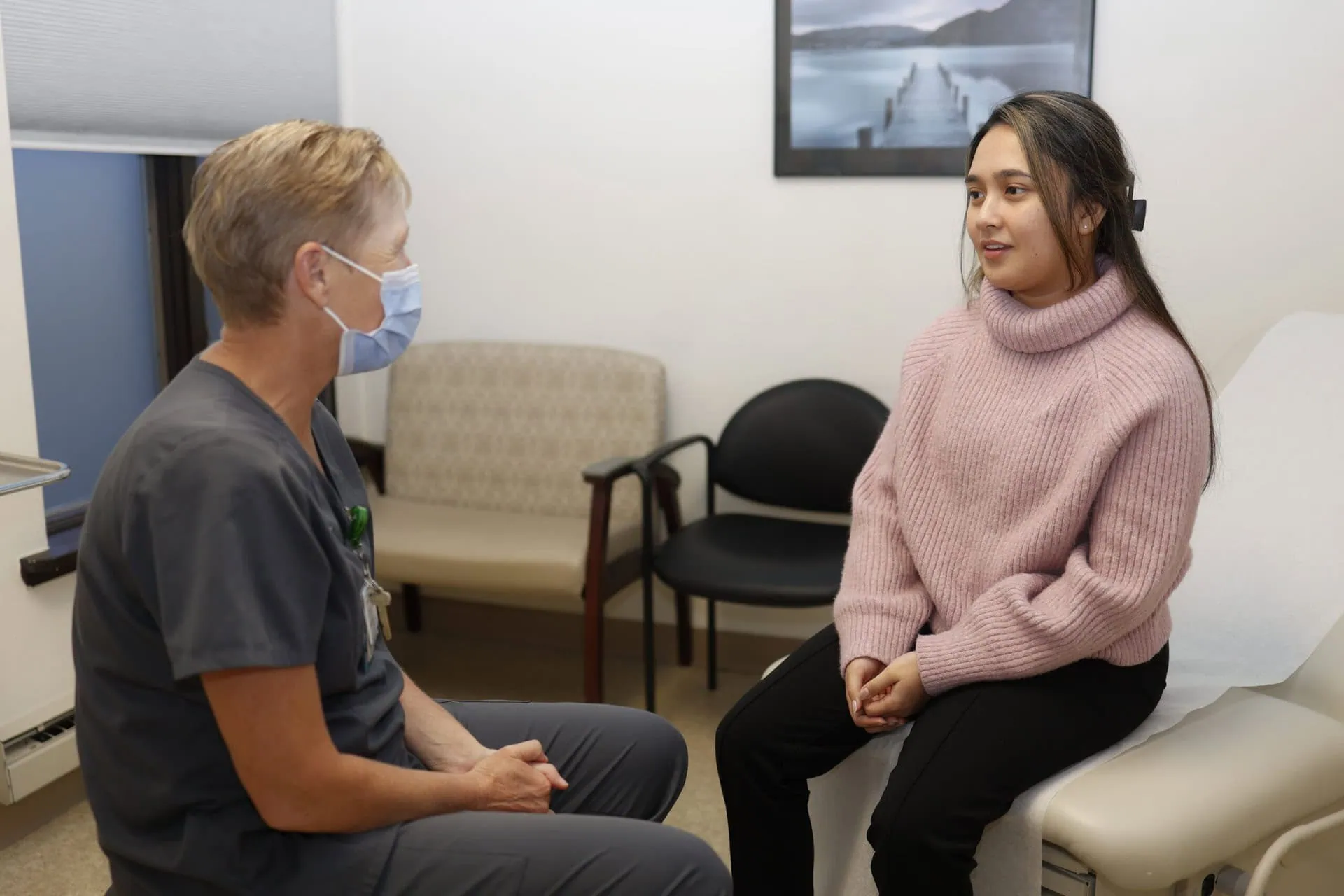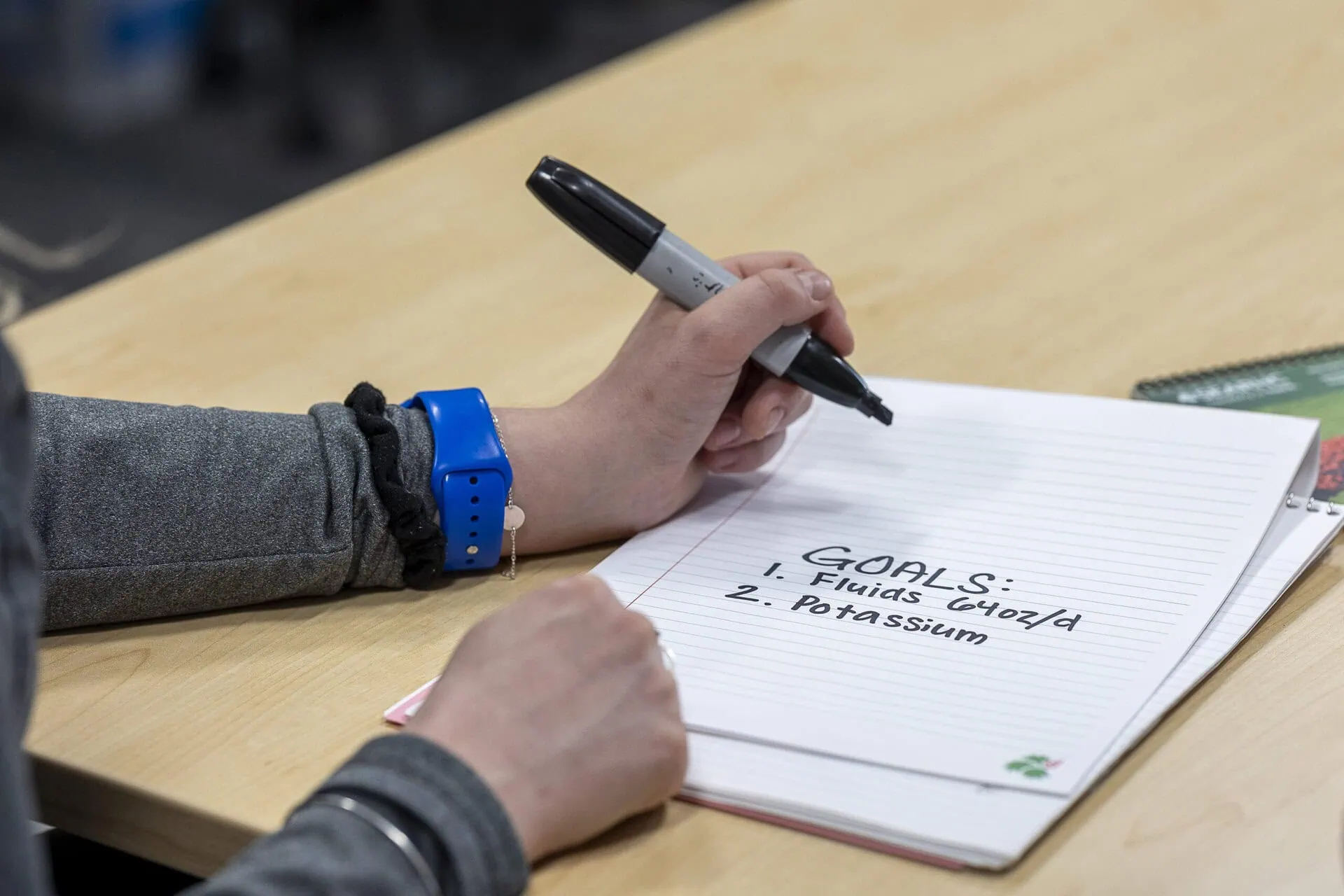Deep in the winter season, with rain turning to ice and snow accumulating, we should all become increasingly mindful about our stability and the potential for falls. This time of year, we often see an increase in injuries, including wrist fractures, hip fractures and even traumatic brain injuries (concussions).
Let’s face it, as we age, our body’s rate of healing slows, and our balance skills take a nosedive. That’s why young kids bounce back from tumbles like rubber balls, while older adults need a little extra time to shake it off. For seniors, a fall can lead to an extended recovery, and even a seemingly minor fall can have significant repercussions.
To reduce these risks, it is important to take proactive measures in ensuring your safety.
Outdoors
- Wearing appropriate footwear with good traction can significantly reduce the risk of slipping on icy surfaces.
- Using assistive devices such as canes or walkers can provide extra support and stability when navigating slippery conditions.
- Keeping walking paths clear of snow and ice by regularly shoveling and using salt or sand to increase traction.
- Installing handrails along outdoor steps and ensuring adequate lighting can further enhance safety.
Indoors
- Consider adding non-slip mats where water likes to hang out, and check that all your rugs are secure.
- Rearranging furniture to create clear walking paths can also help reduce the likelihood of falls.
Exercise
And let’s not forget to keep our bodies in shape! Regular exercise is the secret sauce for balance, strength and flexibility. Yoga, tai chi, or any balance-boosting moves will keep you on your toes—literally! Remember, prevention is key, so gear up for an active, fun and safe winter!
Falling with Grace
Another method to prevent injuries during a fall is to fall correctly. Yes, you heard that right! It’s indeed possible to fall gracefully and minimize the risk of injury! Below are steps to follow:
- Roll with the fall
Distribute the impact across a majority of your body. - Lean forward into the fall
This provides some control over your direction. - Fall sideways
If possible, aim for open spaces, particularly grass or dirt, rather than concrete. - Protect your head
Shield your head during a fall to prevent serious injuries. - Bend your knees and elbows
If you find yourself off-balance, relax your body like a sack of beans. - Allow yourself to continue falling
This helps to lessen the impact. As you finish the fall, try to roll onto your side in a ball, which will help distribute the impact and prevent further rolling.
Falling with Confidence
Build your self-assurance and train your body to fall safely, minimizing the risk of injury.
- In a high kneeling position, bend your arms in front of your face, ensuring your palms are open and facing outward. As you lean forward, push your hips back. Shift your weight forward onto
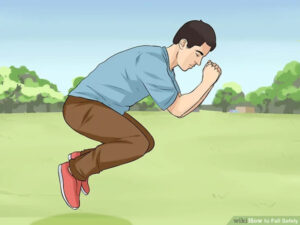 your knees, using your forearms and palms as support. Turn your head slightly to either side while keeping your hands in front of your face to shield your head. Make sure to land on your forearms and avoid landing on your elbows first. For more information: https://www.wikihow.com/Fall-Safely.
your knees, using your forearms and palms as support. Turn your head slightly to either side while keeping your hands in front of your face to shield your head. Make sure to land on your forearms and avoid landing on your elbows first. For more information: https://www.wikihow.com/Fall-Safely. - Practice this same movement while keeping your hips extended and body straight, without pushing your hips back.
- Move to your feet and practice this movement from a squat position.
Prioritize safety, maintain your strength, and take measures to defy gravity and avoid injuries!
Resources:
What You Can Do To Prevent Falls
Check For Safety a Home Fall Prevention Checklist for Older Adults
